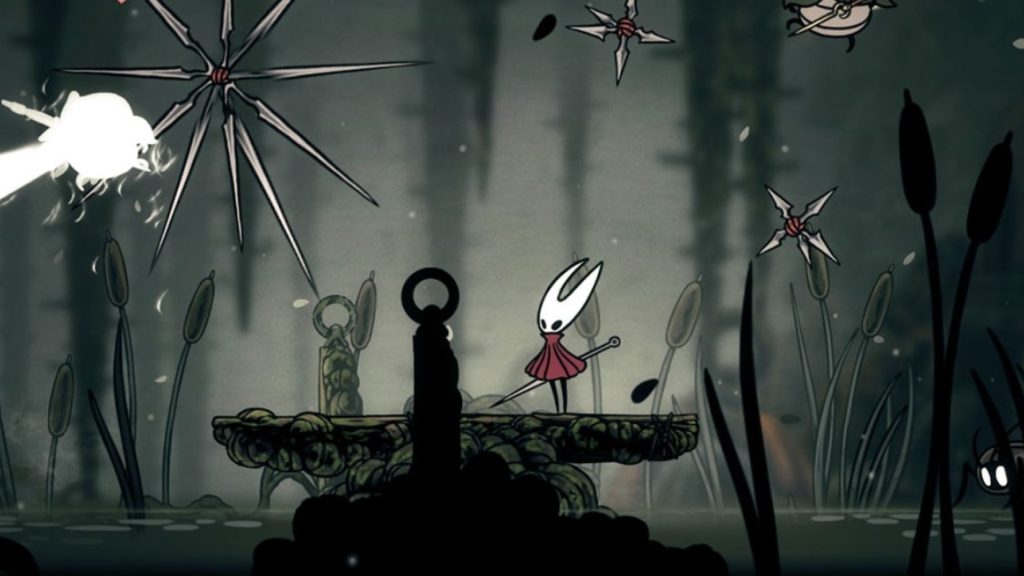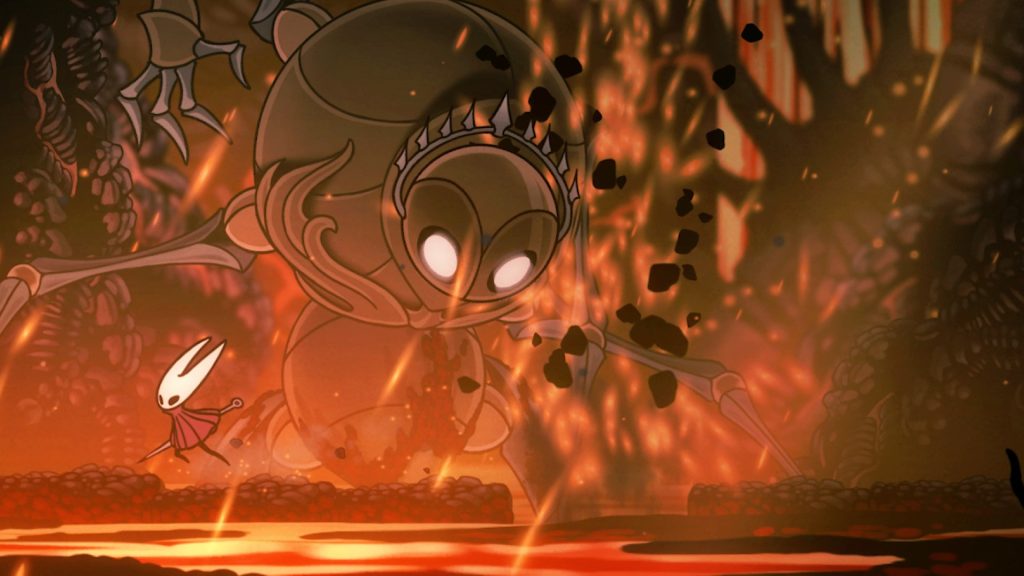Hollow Knight: Silksong Shows Why Buying Into Hype Can Backfire
Over a week later, with another big-name title (Borderlands 4) now available, I’m still hung up on Hollow Knight: Silksong. It shouldn’t come as a surprise to anyone because (a) it’s one of the most anticipated games of the year and (b) it’s an incredibly massive game, teeming with secrets to discover. At times, it doesn’t feel real. If I hadn’t actually ventured through Pharloom’s gorgeous, elaborately detailed and sometimes exceedingly depressive biomes, I’d still believe it was the lead-up to an elaborate prank by Team Cherry.
[embedded content]
And yet, here we are. Of course, based on other impressions – currently 93 on Metacritic and 92 on Opencritic – I’m not the only one impressed with Silksong as a whole. The player numbers don’t lie either – despite dropping significantly since their all-time peak of nearly 588,000 on Steam, it still averaged over 375,000 concurrent players in the past 24 hours. Remember that Hollow Knight’s all-time peak hit 95,655 concurrent players just last week, and that was in the midst of extraordinary hype.Yet as I work through the remaining unexplored areas in Pharloom, completing requests like gathering food ingredients for another Needle upgrade, or braving the cold winds of Mount Fay, it’s obvious that “hype†has become the mind-killer for some players. Despite the 91 percent “Very Positive†rating on Steam, there are still many calling out the difficulty and how it’s hindering their enjoyment of the game.
Which is fair, especially when you put in so much time to try and get good, only for another difficult boss or seemingly trap-filled area to mercilessly stomp you. Personally, I feel like it’s one of the game’s strengths, since it pushes you to master the tools (and Tools) at your disposal to win, or at least seek them out for a better chance. Yet it revives a long-running debate with games and media in general: whether excessive hype can be a bad thing. Usually, overhyping a game until launch and then going hands-on, only to be disappointed with the bugs, performance issues, monetization, and whatnot, is the norm. Good titles – maybe not amazing, but good – can also fall prey to the dangers of hype. Look at Monster Hunter Wilds, which sold over 10 million copies in its first month and absolutely fell off amid complaints of a weak endgame, performance issues (especially on PC), lackluster progression, and much more.
It was enough to prompt even shareholders to ask what’s going on and what the higher-ups are doing to fix it. Hollow Knight: Silksong is a different matter, though. Even with some bugs that remain to be fixed (technical, not in-game), it’s polished to a pretty amazing degree. In terms of environmental design, bosses, combat, traversal, art and music, it’s more than lived up to the hype for many people. It’s $19.99, a veritable steal based on the amount of content alone. And yet, some players’ experience is muddled simply because they’re taking too much damage. The difficulty increase shouldn’t be too surprising for those who played the original Hollow Knight, especially with the amount of movement options that Hornet has to keep pace and avoid damage. Yet you have to wonder if maybe those same players shouldn’t have succumbed to hype and rushed in blind.
Maybe there wouldn’t have been so many complaints about, of all things, boss runbacks, which aren’t even that brutal if you take advantage of your movement abilities. It’s unsurprising how Team Cherry’s first patch, out sometime next week, addresses only two early game bosses, slightly reduces the prices of benches in the mid-game and slightly increases the currency earned from environmental objects. If you’re still struggling even with these changes, then maybe Hollow Knight: Silksong isn’t for you, and that’s fine. The real issue is when it isn’t, and many begin to complain simply because they blindly bought in due to the hype. I’m not saying this could have all been avoided with pre-release reviews to set expectations accordingly, but perhaps they would have helped to at least prepare most potential consumers for what was coming.

Then again, even the majority of positive impressions from critics have praised the difficulty alongside everything else. It’s almost a reminder of when Elden Ring: Shadow of the Erdtree was first released and how it received universal praise from critics in contrast to the backlash on Steam for the difficulty increase. Of course, when it comes to hype, it’s all relative.
If you told me back in the day that Mega Man Zero was a challenging side-scroller, one that would test my patience, would that have dulled my hype? As a fan of the Mega Man X series, through its many ups and downs, who still listens to the soundtrack to this day – and especially someone who enjoyed playing as Zero – I would have said no.And in fact, even amid all the challenges that the game threw my way – from instakill spikes to having to restart a level from the beginning after running out of the handful of available continues – I still persevered. Once again, it’s not a case of difficulty simply overriding the quality but enhancing it even further.
Many other factors ensure Mega Man Zero – and its sequels – remain as incredible today as they did back then, but I couldn’t imagine them without that same level of challenge. The same applies to Hollow Knight, and will undoubtedly be the case for Silksong, however long down the line (further balance changes notwithstanding). Those who hated it for the difficulty will likely have moved on, chasing the next super-hyped property, dropping $70, maybe even more, and then getting annoyed because it doesn’t deliver everything they wanted. It’s not their fault – everyone has different expectations, and letting people know when something doesn’t match their preference is human nature.

It’s when they resort to outright hating the game and the developers (and I’ve seen some nasty insults in some of those Steam reviews) that you begin to wonder whether they have deeper problems when it comes to over-hyping something. Of course, the dangers of hype will continue to permeate the media as a whole for the foreseeable future. Maybe it’s because others’ interests don’t align with your own, or because your media experience ensures that you won’t be as impressed, at least initially, with something like those singing its praises. Despite that, you’ll probably give it a chance and come to understand why it’s highly enjoyed, even if you’ve ultimately experienced something better. Or maybe you’ll just give it a thumbs down because an enemy hurts too much, and you couldn’t dodge fast enough.
Of course, the opposite is also true – I’ve seen those who enjoyed a franchise and had it ruined after seeing all the negativity (reasonable and otherwise) against it. It’s still something to keep in mind, though, especially with so many hyped titles launching in the coming months, from Ghost of YÅtei and Metroid Prime 4: Beyond to perhaps the granddaddy of them all, Grand Theft Auto 6. As always, I’m keen to see what fans expect from them and how they’ll ultimately land when it’s all said and done, but maybe, just maybe, do some research before going into any of them blind.
Note: The views expressed in this article are those of the author and do not necessarily represent the views of, and should not be attributed to, GamingBolt as an organization.


Comments are closed.